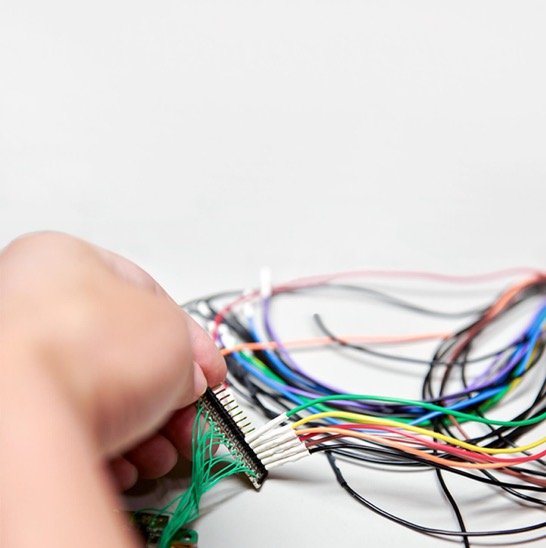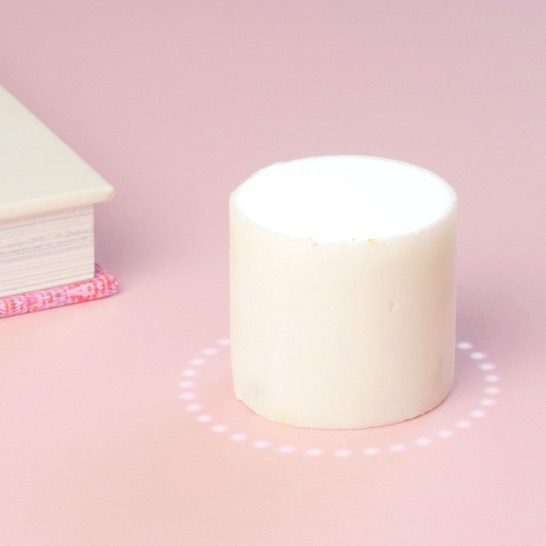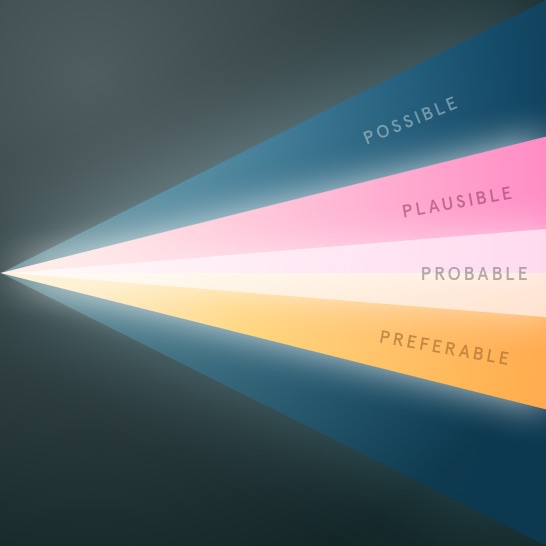
AI material explorations for Google
Working with emergent AI technologies to develop prototypes and expose alternate product realities.
Material exploration, advanced prototyping, applied technology, R&D, machine learning, product strategy, IP and patents, new markets



